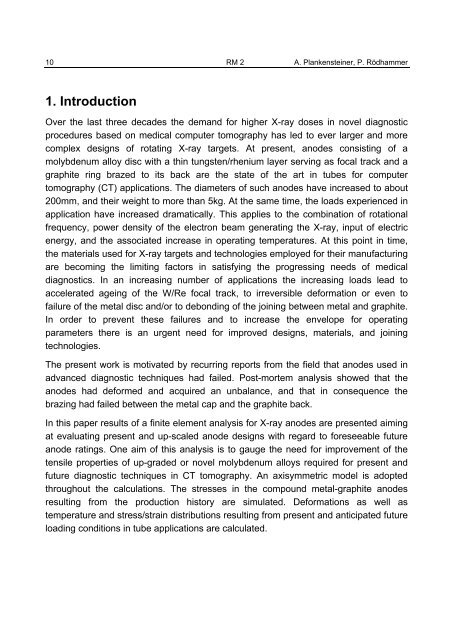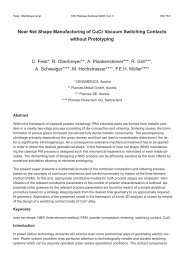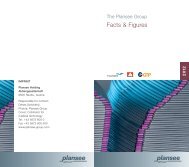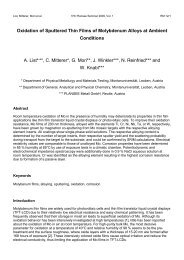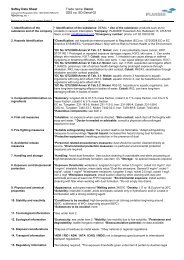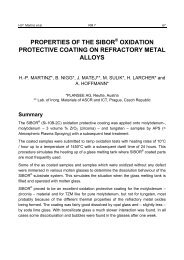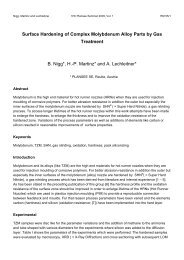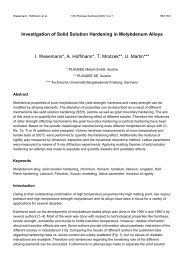Finite Element Analysis of X-Ray Targets
Finite Element Analysis of X-Ray Targets
Finite Element Analysis of X-Ray Targets
Create successful ePaper yourself
Turn your PDF publications into a flip-book with our unique Google optimized e-Paper software.
10 RM 2 A. Plankensteiner, P. Rödhammer<br />
1. Introduction<br />
Over the last three decades the demand for higher X-ray doses in novel diagnostic<br />
procedures based on medical computer tomography has led to ever larger and more<br />
complex designs <strong>of</strong> rotating X-ray targets. At present, anodes consisting <strong>of</strong> a<br />
molybdenum alloy disc with a thin tungsten/rhenium layer serving as focal track and a<br />
graphite ring brazed to its back are the state <strong>of</strong> the art in tubes for computer<br />
tomography (CT) applications. The diameters <strong>of</strong> such anodes have increased to about<br />
200mm, and their weight to more than 5kg. At the same time, the loads experienced in<br />
application have increased dramatically. This applies to the combination <strong>of</strong> rotational<br />
frequency, power density <strong>of</strong> the electron beam generating the X-ray, input <strong>of</strong> electric<br />
energy, and the associated increase in operating temperatures. At this point in time,<br />
the materials used for X-ray targets and technologies employed for their manufacturing<br />
are becoming the limiting factors in satisfying the progressing needs <strong>of</strong> medical<br />
diagnostics. In an increasing number <strong>of</strong> applications the increasing loads lead to<br />
accelerated ageing <strong>of</strong> the W/Re focal track, to irreversible deformation or even to<br />
failure <strong>of</strong> the metal disc and/or to debonding <strong>of</strong> the joining between metal and graphite.<br />
In order to prevent these failures and to increase the envelope for operating<br />
parameters there is an urgent need for improved designs, materials, and joining<br />
technologies.<br />
The present work is motivated by recurring reports from the field that anodes used in<br />
advanced diagnostic techniques had failed. Post-mortem analysis showed that the<br />
anodes had deformed and acquired an unbalance, and that in consequence the<br />
brazing had failed between the metal cap and the graphite back.<br />
In this paper results <strong>of</strong> a finite element analysis for X-ray anodes are presented aiming<br />
at evaluating present and up-scaled anode designs with regard to foreseeable future<br />
anode ratings. One aim <strong>of</strong> this analysis is to gauge the need for improvement <strong>of</strong> the<br />
tensile properties <strong>of</strong> up-graded or novel molybdenum alloys required for present and<br />
future diagnostic techniques in CT tomography. An axisymmetric model is adopted<br />
throughout the calculations. The stresses in the compound metal-graphite anodes<br />
resulting from the production history are simulated. Deformations as well as<br />
temperature and stress/strain distributions resulting from present and anticipated future<br />
loading conditions in tube applications are calculated.


